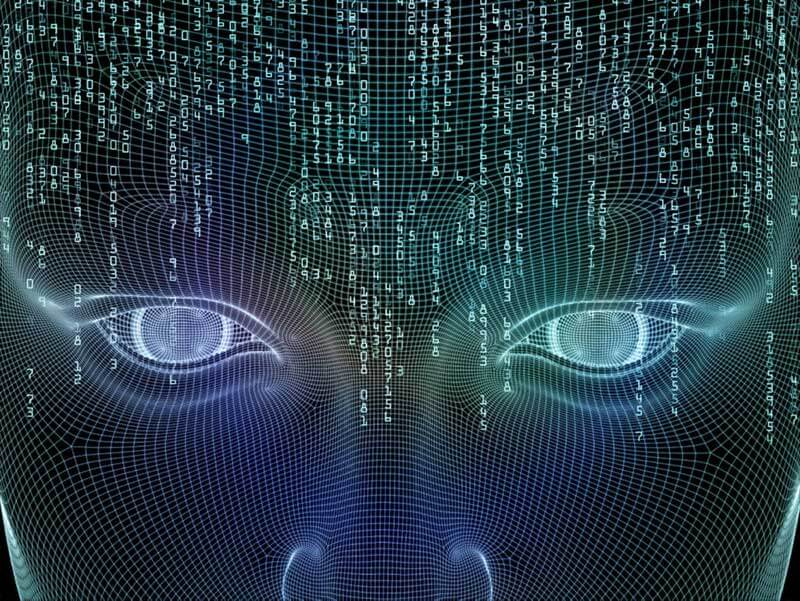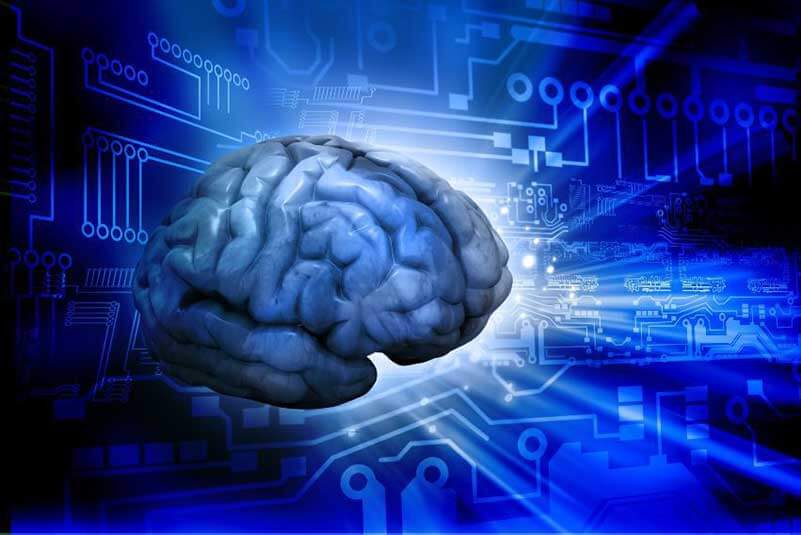- What is artificial intelligence?
- When machines teach themselves new tricks – the basics of machine learning
- Deep learning mimics how the human mind understands
Whether we’re talking about imagine recognition, predictive analytics, or extreme personalisation, the big data revolution and the artificial intelligence (AI) that makes it possible are disrupting the status quo. And whether you’re a tech enthusiast or an industry leader looking to innovate, it’s impossible to miss the growing role of AI, machine learning, and deep learning. You probably know, for instance, that the data generated by the Internet of Things (IoT) is somehow connected to artificial intelligence, and that AI can work on that data to provide answers and insights. But we’ll bet that the concepts get pretty blurry at that point!
In fact, a recent Sage survey revealed that almost half of the consumers they surveyed had no idea what AI actually means or how the technology works, even at the most basic level. And for businesses that want to harness the power of AI to free human beings for meaningful, value-added work or to sift through large data sets for patterns and insights, it’s critical to have a sense of what this remarkable tech is (and what it’s not).
Make no mistake, AI represents a decisive break with the past, and it’s something everyone needs to understand. It’s changing the world and opening new, unimagined possibilities. Jason Hong, of Carnegie Mellon University’s Human Computer Interaction Lab, compares its effect to the introduction of the car. “Automobiles were a direct replacement for horses, but in the medium and long-term led to many other kinds of uses, such as semi-trucks for large scale shipping, moving vans, mini vans, convertibles … Similarly, AI systems in the short term will be a direct replacement for routine kinds of tasks, but in the medium and long-term we will see uses just as dramatic as automobiles.”
What is artificial intelligence?
But before you can imagine where AI can take you, you need to know what it is. As Calum McClelland explains for Medium, artificial intelligence is a term used to describe machines that are able to “perform tasks that are characteristic of human intelligence”. Don’t think sci-fi here – what he means is much simpler. Many things that our minds do well, everything from understanding ordinary language, to recognising faces, to making judgments and sorting evidence, can be synthesised with the right technology. But this isn’t simulated human intelligence, it’s just a form of very specific, very smart computing that can mimic one such task. AI is merely the blanket term for these smart systems.
And this targeted, specific intelligence is the tech behind things you already do every day. For instance, Google Maps uses AI to predict traffic flow, sorting congestion data in real time to discover where the problems are and guide drivers around them. And if you use Siri or Alexa, the tech that allows them to recognise and interpret your voice commands is also a form of sophisticated AI called natural language processing (NLP). Another example is fraud detection. Banks use artificial intelligence to discover patterns in your purchasing behaviour, and when they see something new, these clever systems flag these unusual purchases as possible instances of fraud. It’s easy to make a long list of practical uses of AI, and though most people will recognise the technologies, they don’t connect them to artificial intelligence.

But the truth is that artificial intelligence is already a part of your life, and its ability to make sense of enormous data sets and recognise images means that you’ll see more and more of it, often in surprising places. For instance, scientists at Harvard University are leveraging AI’s power for repetitive precision and image recognition to teach a smart microscope to recognise bacteria in blood samples. It’s already 95 per cent accurate, and getting better every day as it learns.
When machines teach themselves new tricks – the basics of machine learning
And it’s precisely that learning that makes AI so exciting. It’s one thing to program an algorithm to do something you need done; it’s another entirely to program an intelligent system to learn to do something on its own. And that’s what machine learning is all about. Machine learning is an approach to AI, or as McClelland says, “simply a way of achieving AI”.
Think about that for a second. The capacity to make sense of huge data sets, to recognise images and sort them, or to understand voice commands is pretty amazing. Machine learning is one way to get a clever system to do these things. Rather than hard-coding it, programming it with the capacity to perform these tasks, the most promising avenue to building machines that can think is to teach them to learn. That’s because hard-coding a complex process is at best impractical and often truly impossible.
A much more workable approach is to program a machine to teach itself. In essence, engineers and computer scientists build a complex system that can be trained very quickly and get very, very good at what it does. As McClelland writes, this “training involves feeding huge amounts of data to the algorithm and allowing the algorithm to adjust itself and improve”. For instance, in radiology, a smart algorithm might be shown hundreds of thousands of x-rays of broken and healthy bones, quickly learning to tell the difference with startling accuracy. That may sound far-fetched, but it’s actually old news. Enlitic, for instance, has been using AI as a diagnostic tool in medical imaging since 2014.
Deep learning mimics how the human mind understands
And there’s more than one way to build a self-learning system. Deep learning is just one approach to machine learning, one way to design a clever system that can be trained to perform a complex and difficult task. What makes it unique is that it models the way the human brain works, using artificial neural networks (ANNs) to mimic human cognition. Much like the human mind, these systems learn from experience, and after being trained on an army of images, they’re ready to work.
For example, in a radiology department at a hospital, a team of doctors want to examine a patient’s x-ray for signs of a fracture. They feed this image to a well-prepared logic-driven network, an example of artificial intelligence that uses deep learning to process information. When it ‘sees’ the x-ray, it begins to ask yes/no and true/false questions to sort the data into usable insights. These ANNs do what your mind does without you realising it, asking basic questions as a foundation before working up to higher and higher levels of certainty.

This learning is called ‘deep’ because its action is layered, and at each stage from bottom to top, different parts of the process are resolved, moving from the general to the specific. For instance, the lowest levels of analysis might identify the outlines of a bone in an x-ray, verifying what body part the image represents. These lower levels ‘feed’ what they discover to higher levels, forming a layered ‘cake’ of refined analysis as this information moves upward. At the mid levels, these ANNs are looking for signs of injury. And at the top, that data has been structured into a probabilistic answer, something like a 98 per cent certainty that a given x-ray shows a compound fracture of the patient’s fibula.
This amazing technology is everywhere you look because of just how good it is. Whether we’re talking about understanding normal speech, recognising pictures on social media, sifting customer data for purchasing patterns, or recognising cancer in a mammogram, deep learning – as a form of machine learning – enables AI that’s revolutionising how we work and live. Now that you have a clearer sense of what artificial intelligence, machine learning, and deep learning are, you can better assess what they might do for you or your business.
Share via:


